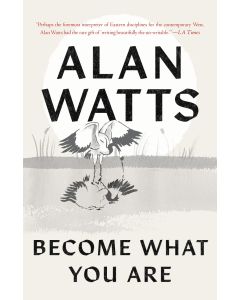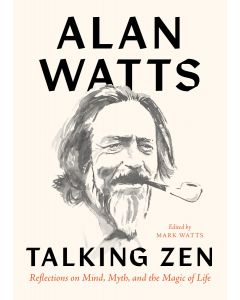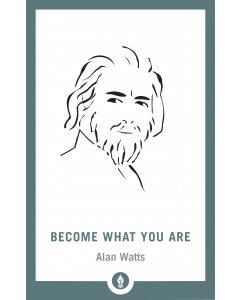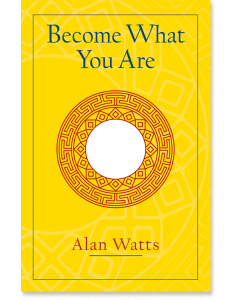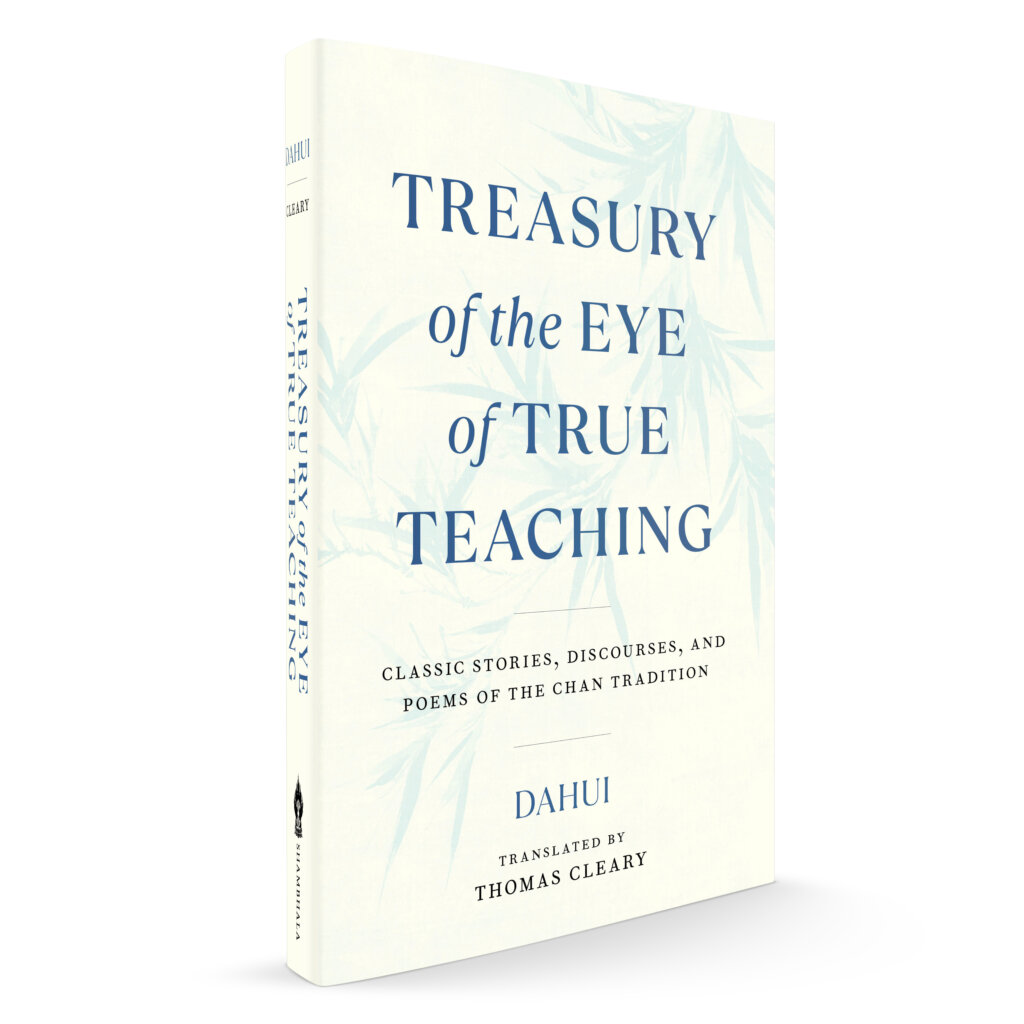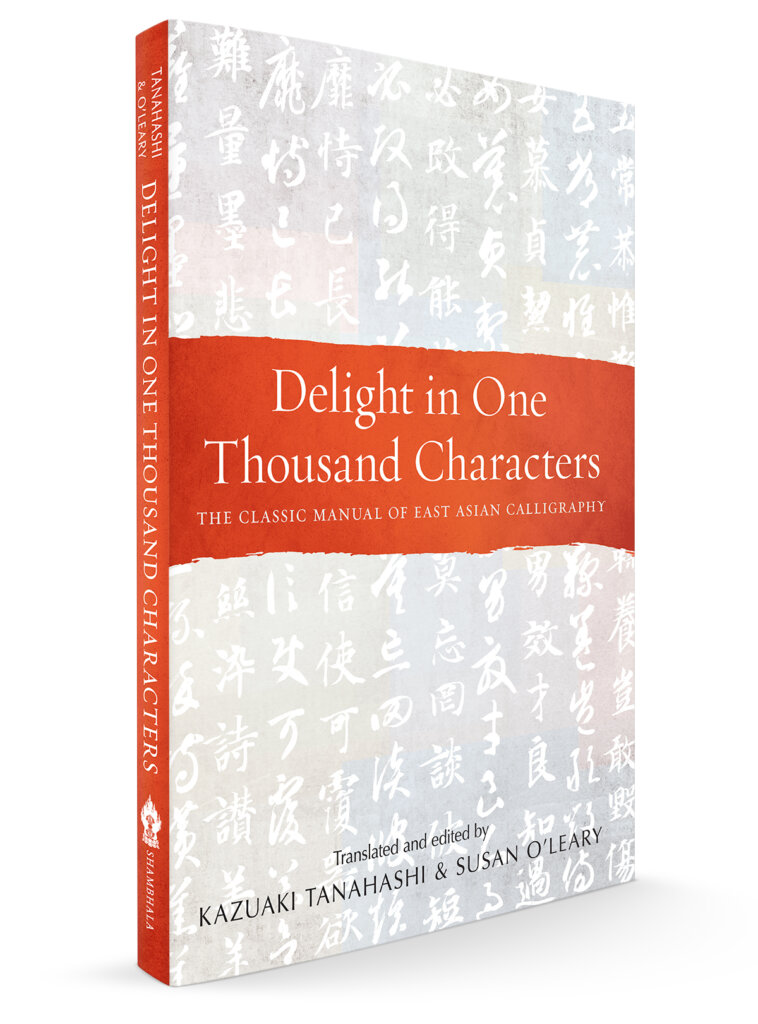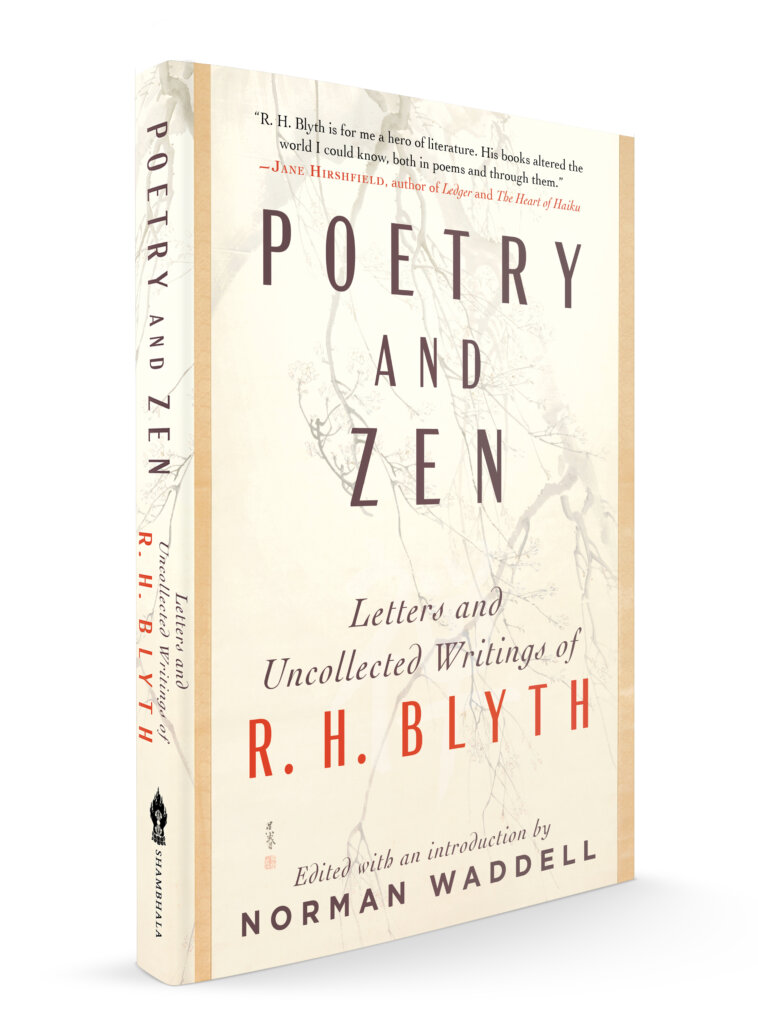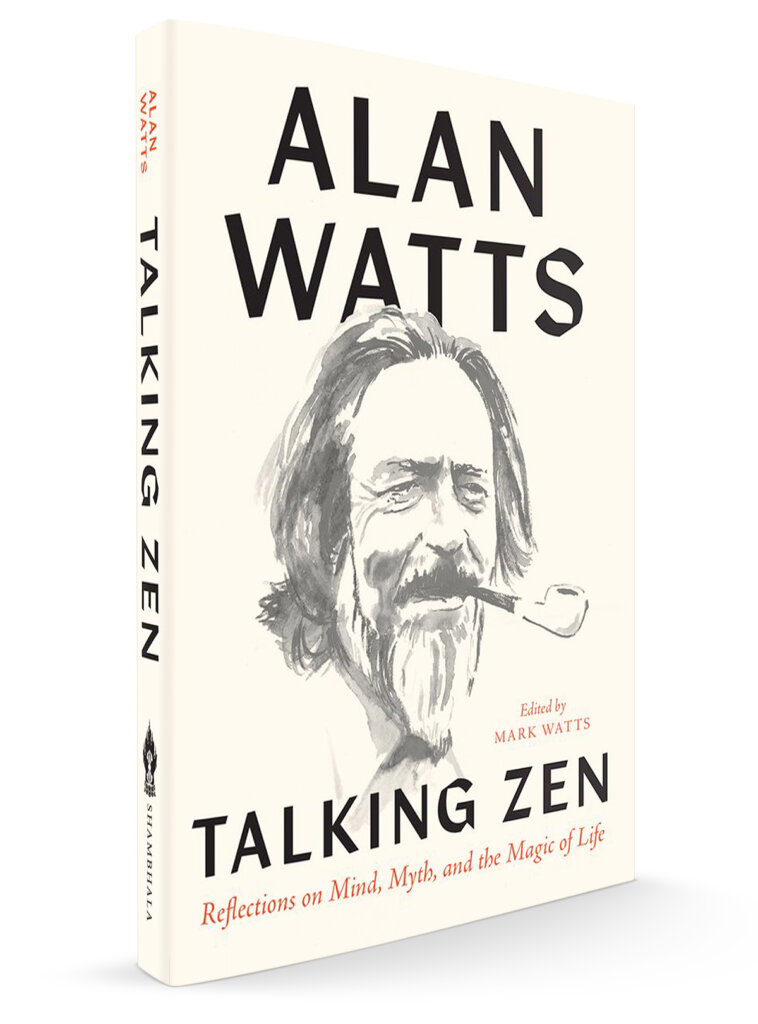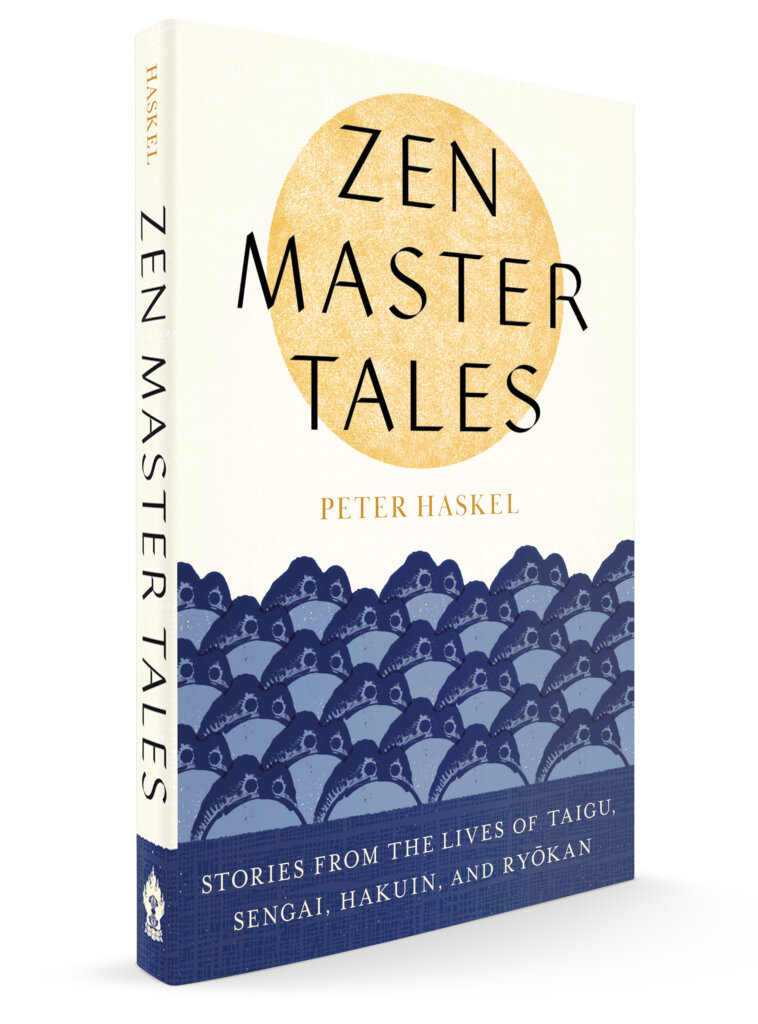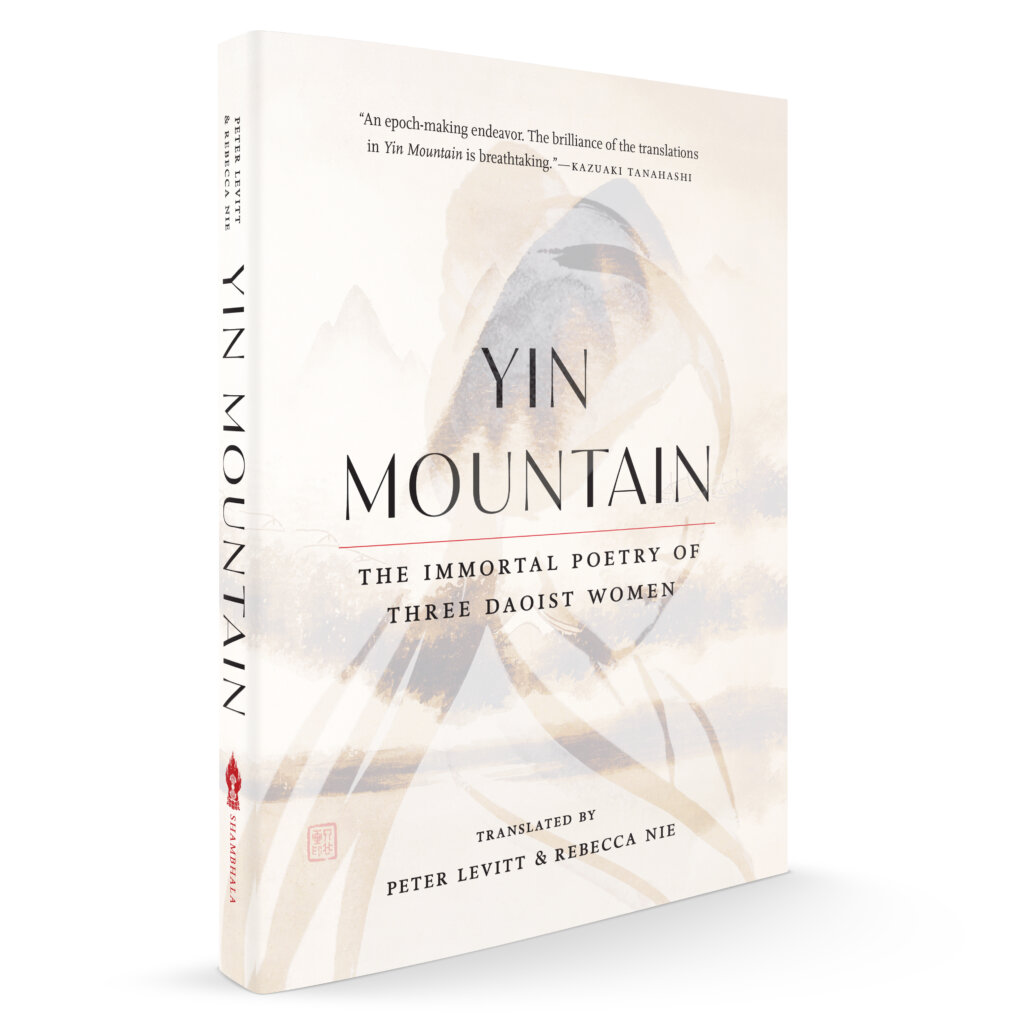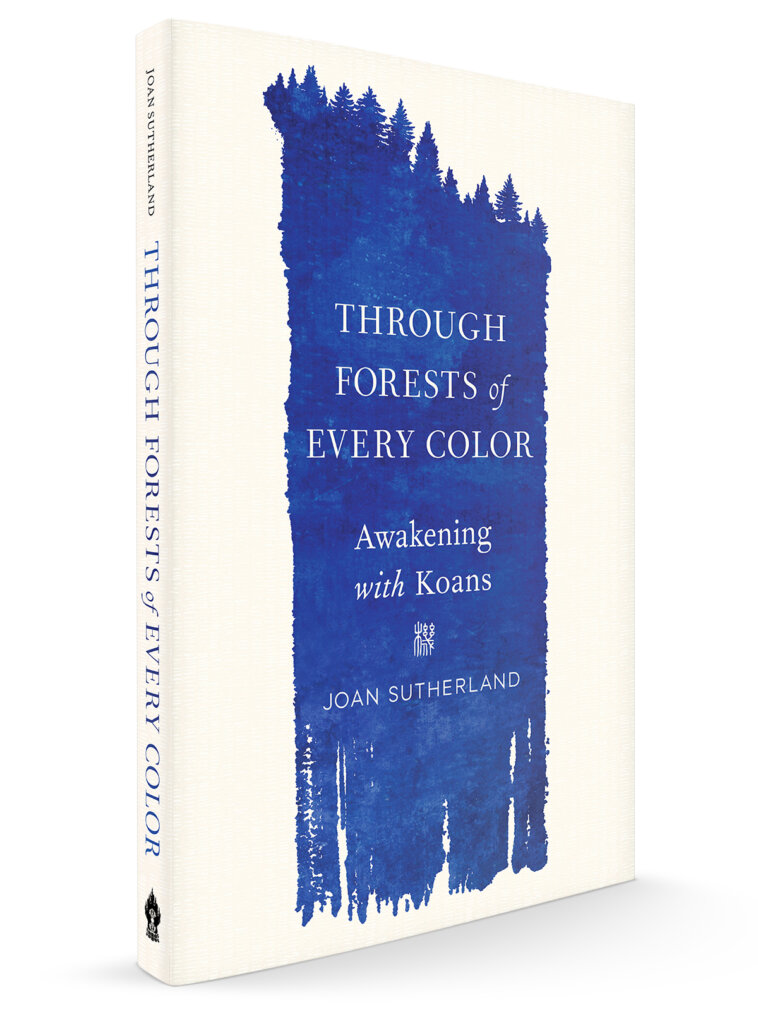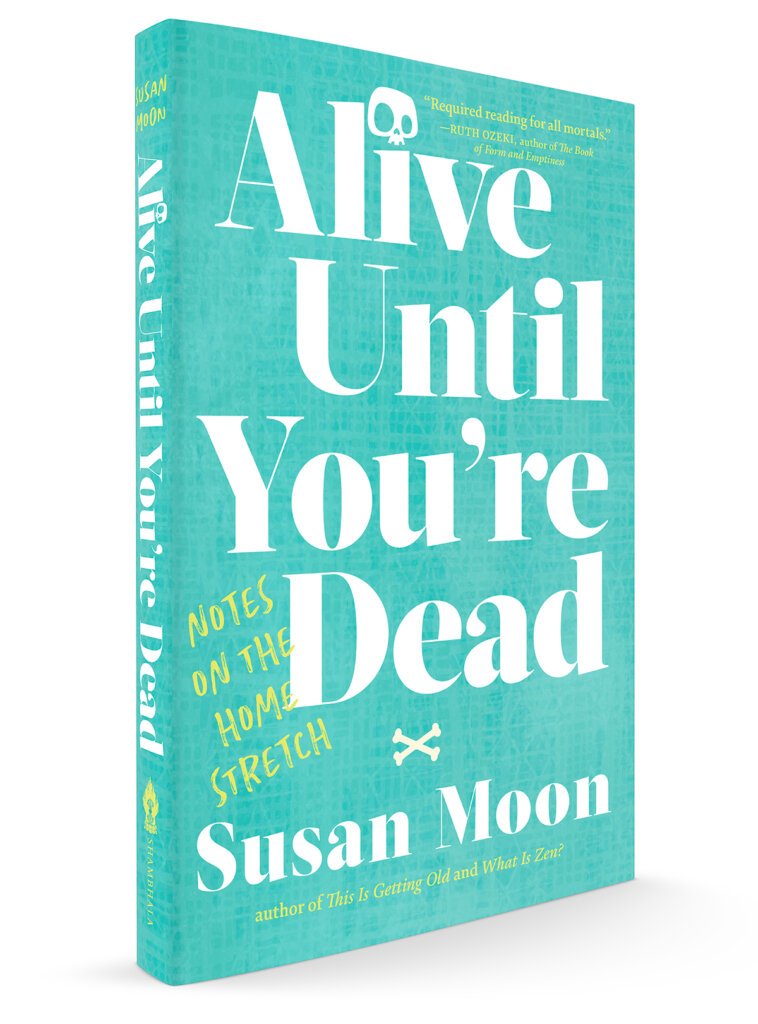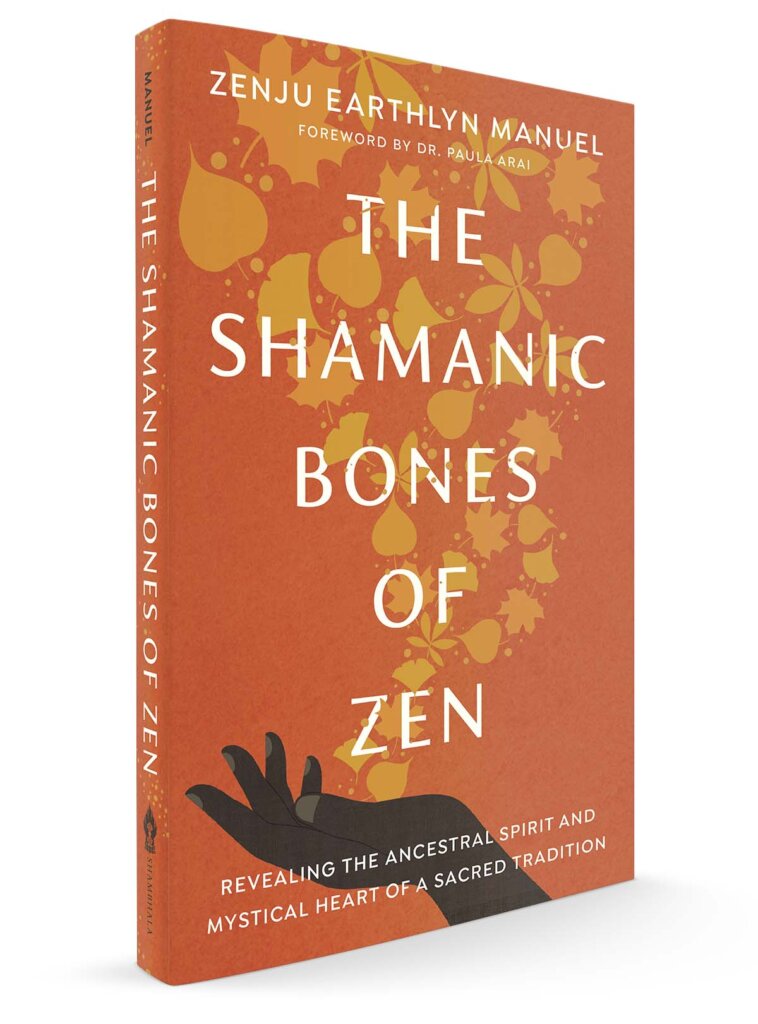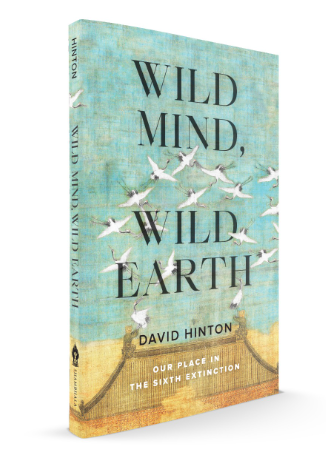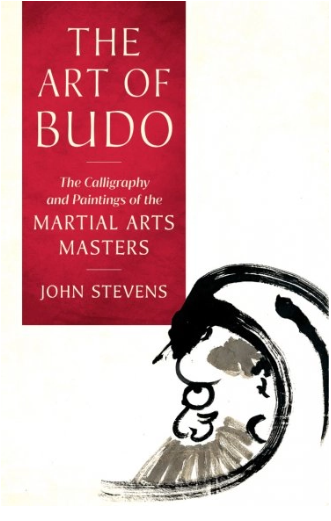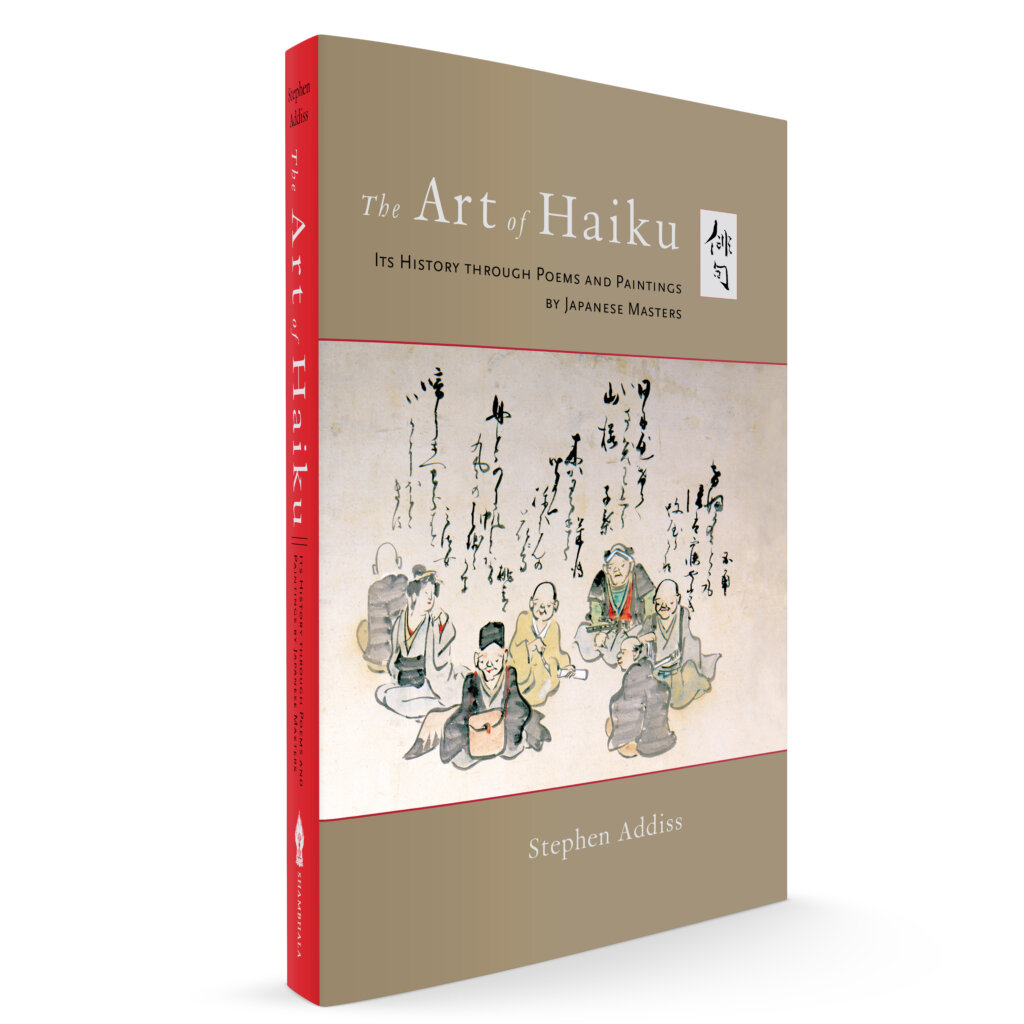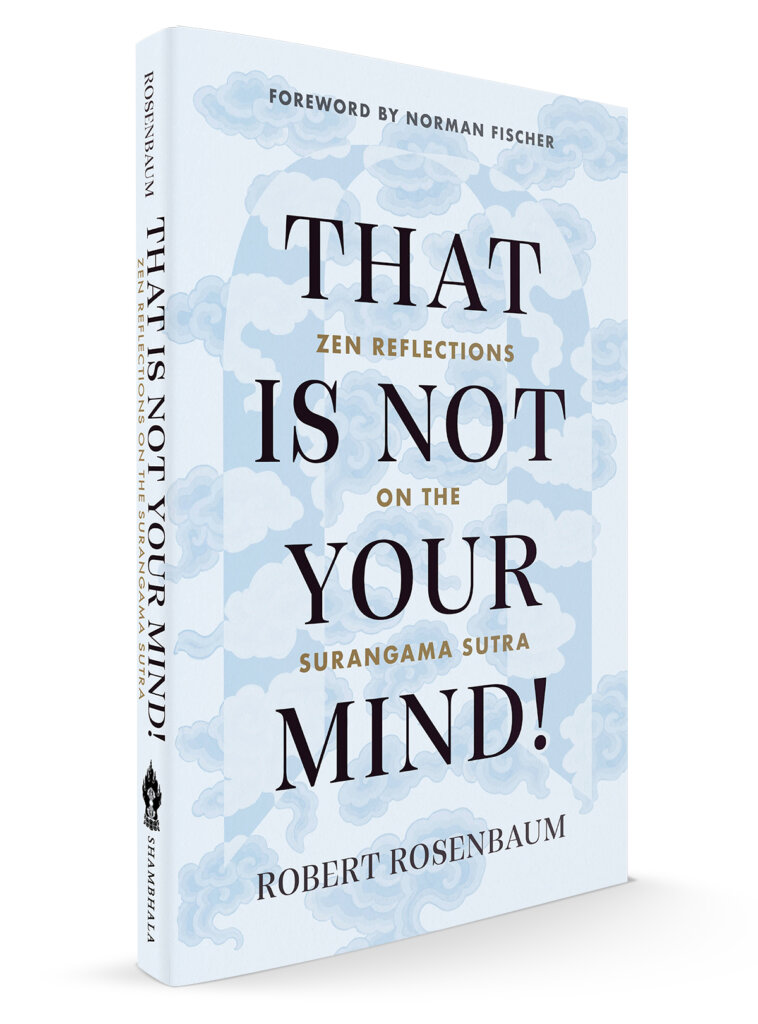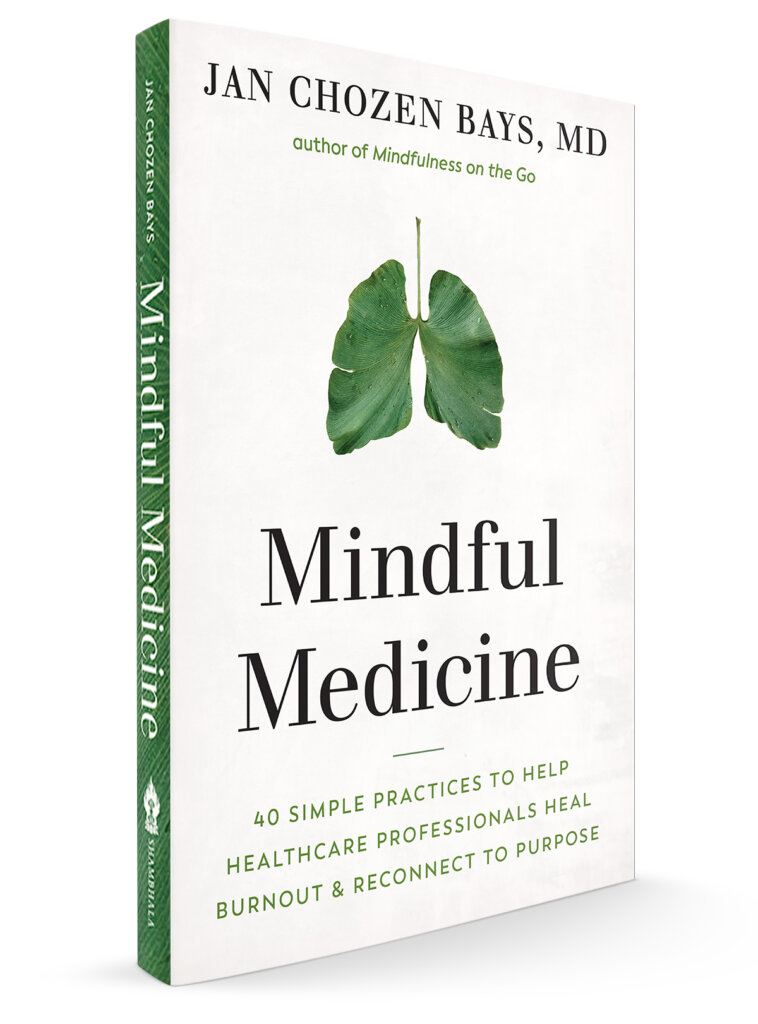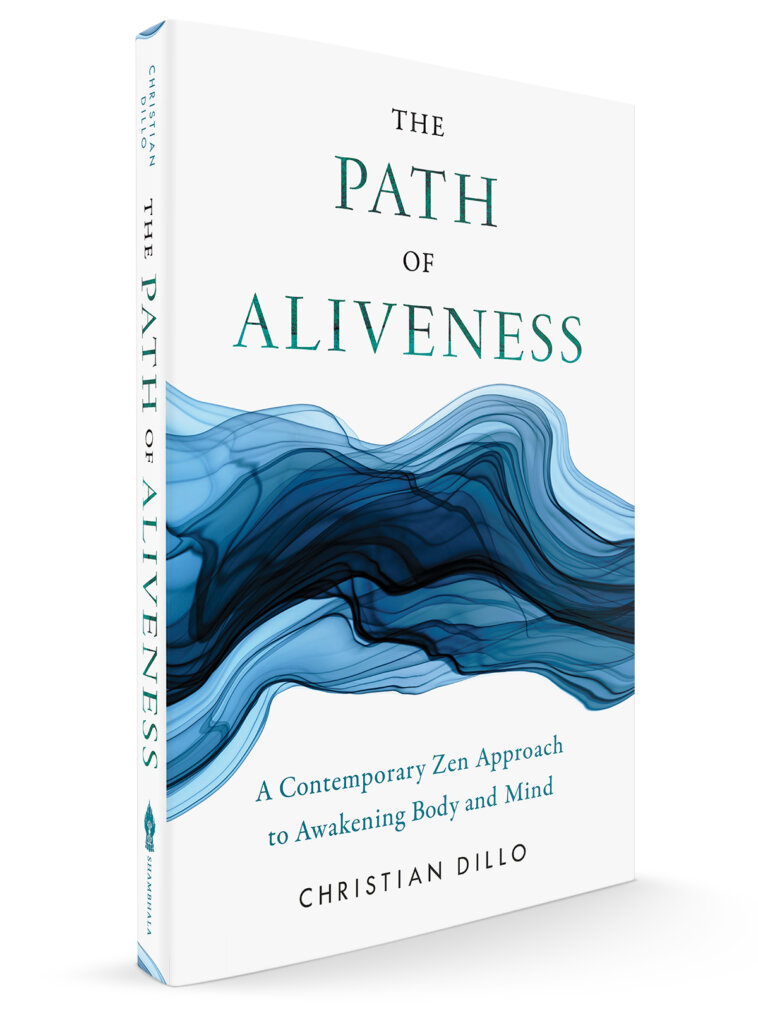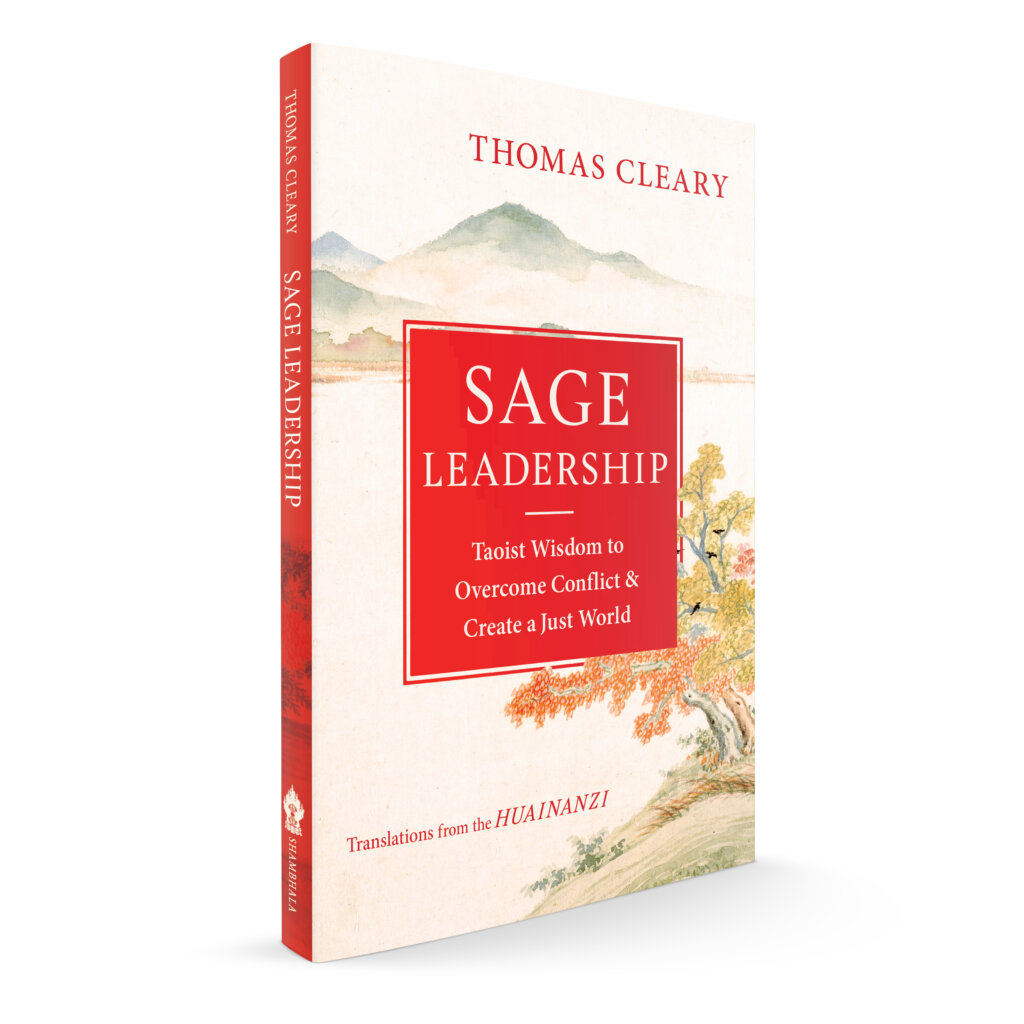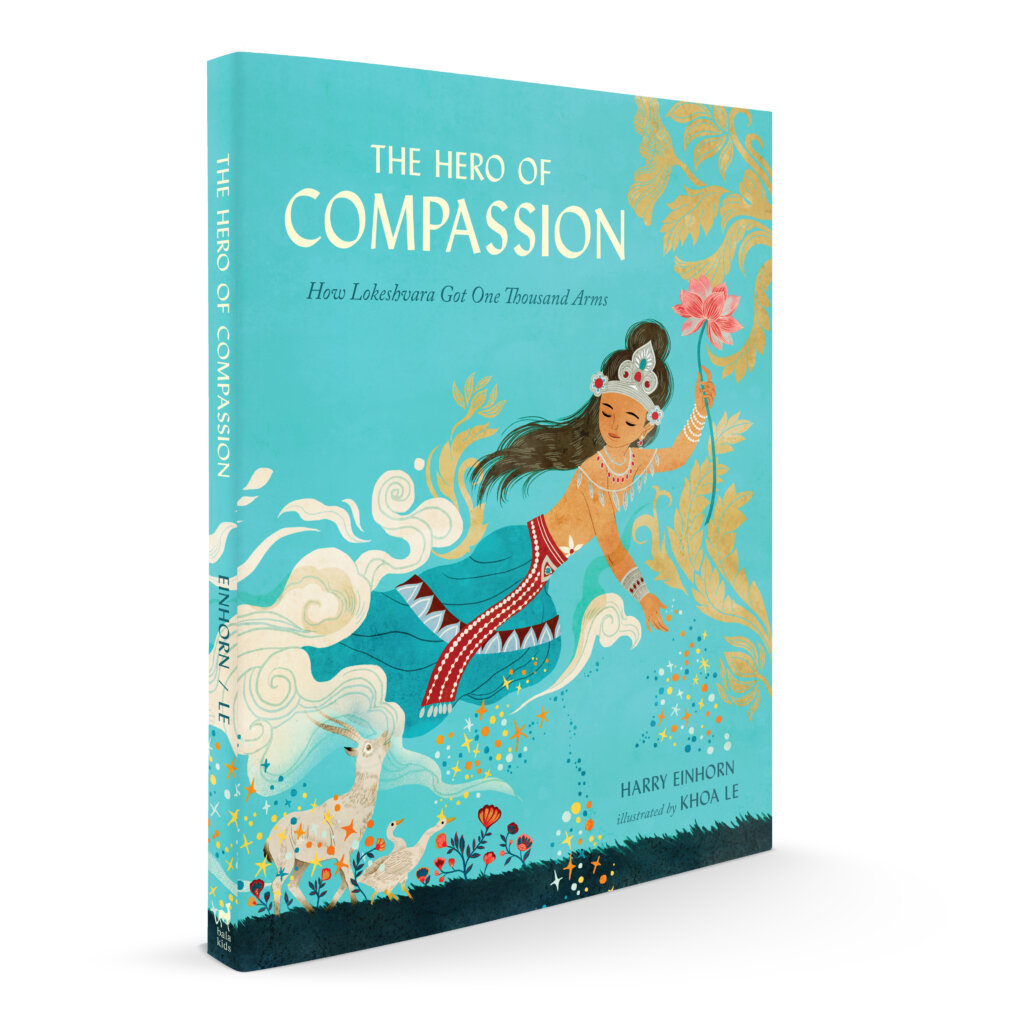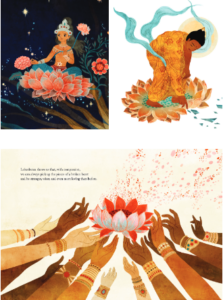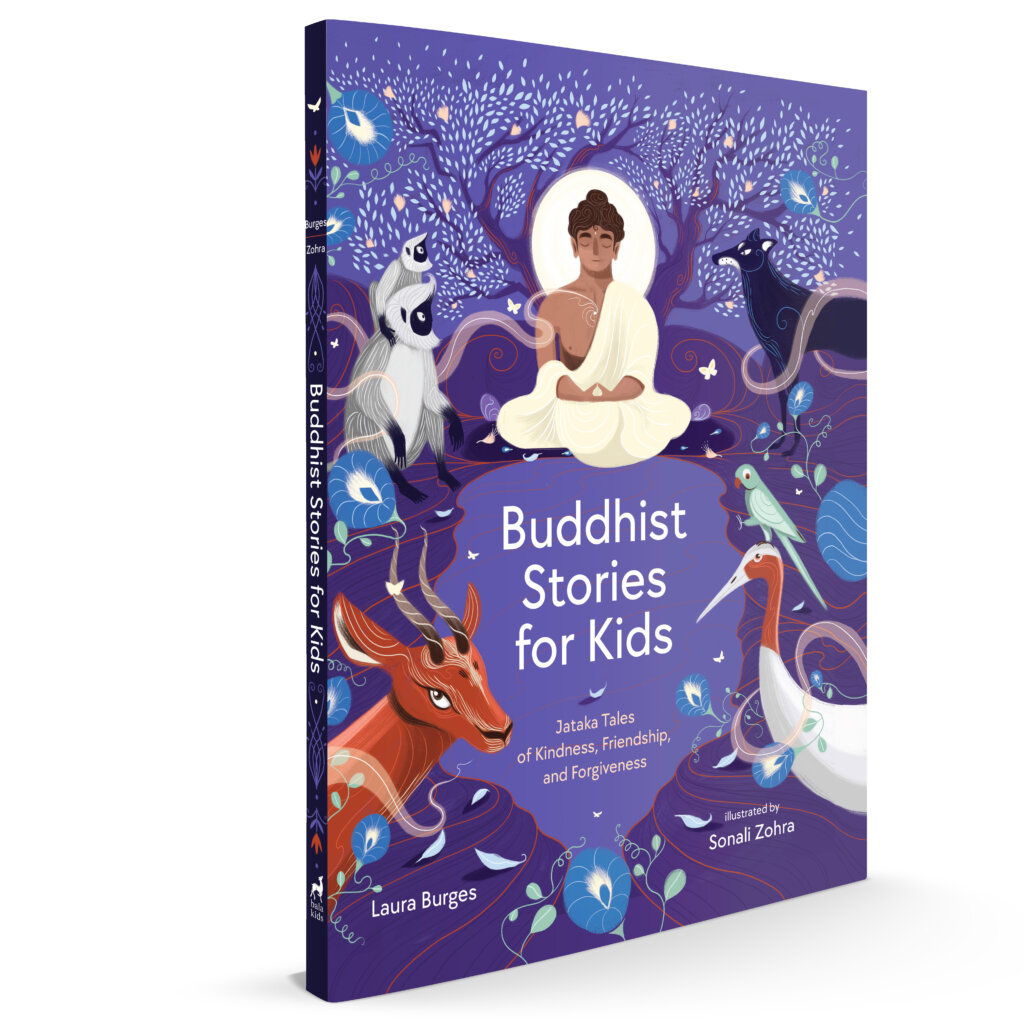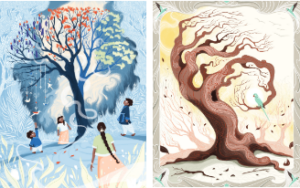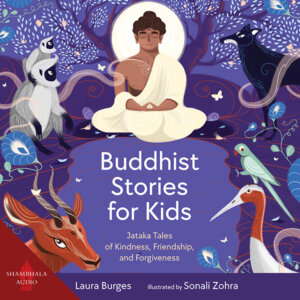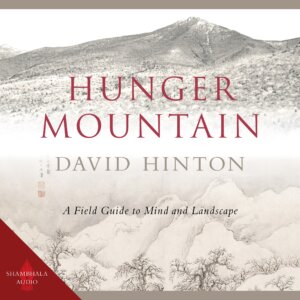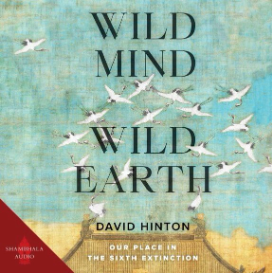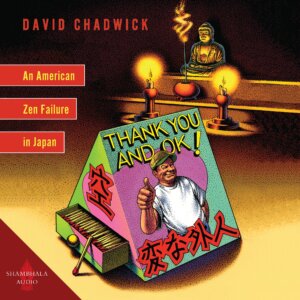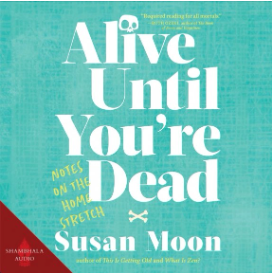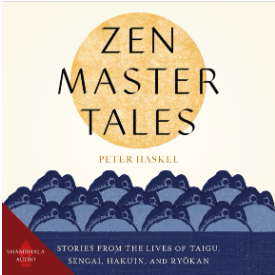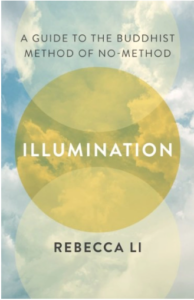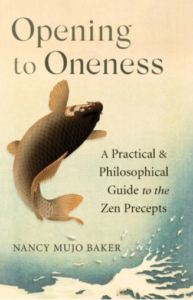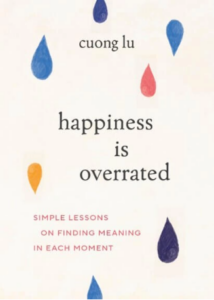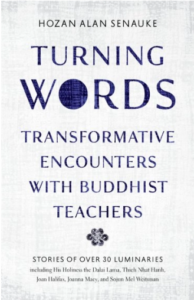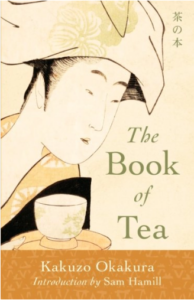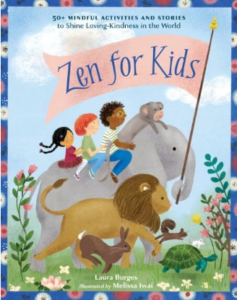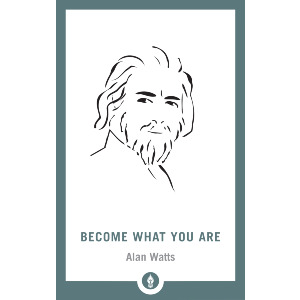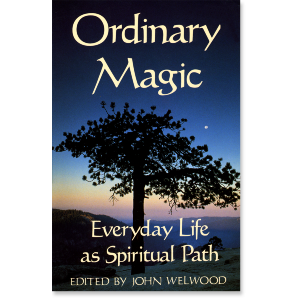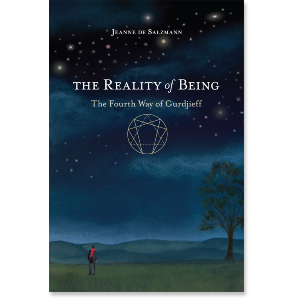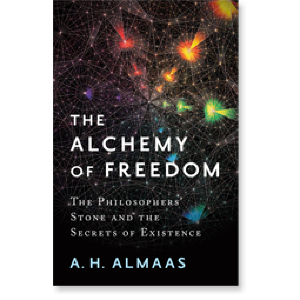See our other Year in Review Guides:
Theravada/Pali/Insight | Zen and Chan | Tibetan Buddhism
Yoga | Personal Development | Kids Books
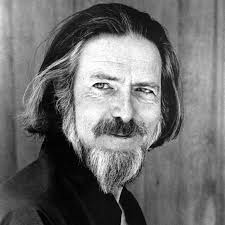

Alan Watts
ALAN WATTS (1915–1973) was a renowned lecturer and the author of nearly thirty books, including The Way of Zen and The Book. Born in Chislehurst, England, he moved to the United States in 1938 and began Zen training in New York. He received a master’s degree in theology from Seabury-Western Theological Seminary and served as an Episcopal priest before leaving the ministry in 1950 to move to California, where he joined the faculty of the American Academy of Asian Studies (now the California Institute of Integral Studies).
Alan Watts
GUIDES
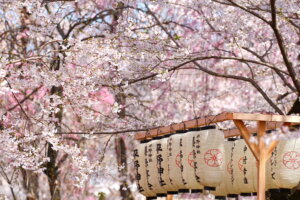

We are very happy to share with you a look back at our 2022 books on Zen and Chan Buddhism
Jump to: Reader Guides | Books | Books for Kids | Forthcoming Books | Audiobooks
The Five Remembrances - An Excerpt from Alive Until You're Dead by Susan Moon
Knowing How to Be Satisfied - An Excerpt from Alive Until You're Dead by Susan Moon
Remembering Stephen Addiss (author of The Art of Haiku) 1935-2022
Being Mindful of Body, Thoughts, and Feelings - an Excerpt from Heart Medicine by Radhule Weininger
Treasury of the Eye of True Teaching: Classic Stories, Discourses, and Poems of the Chan Tradition
Translated by Thomas Cleary
Chan master Dahui’s monumental compilation of teachings is brought to life for the first time in English
The final translation of the late Thomas Cleary. The Treasury of the Eye of True Teaching (Chinese Zhengfayanzang) stands among the greatest classics of Chan Buddhism—the Zen tradition of China—combining speeches, stories, dialogues, poems, and commentaries that the acclaimed Chinese master Dahui (1089–1163) extracted from Chan lore. Compiled during the Song Dynasty by Dahui’s disciples, this work is replete with the enigmatic, paradoxical wisdom for which this influential Buddhist tradition is so well known.
Famous for his challenging methodology and vigorous efforts to eliminate attachment to both conventional thinking and the grasping of the ego, Dahui here focuses on the teaching of “great doubt.” By grappling with “great doubt,” Dahui demonstrates how practitioners are able to push themselves to the limits of ideas and concepts until a breakthrough to enlightenment is achieved.
A fascinating compendium of literary and spiritual puzzles, Treasury of the Eye of True Teaching challenges and inspires its readers to examine their ingrained mental habits and attachments—and to discover their inborn potential for an immediate and direct experience of reality.
Delight in One Thousand Characters: The Classic Manual of East Asian Calligraphy
Translated and introduced by Kazuaki Tanahashi and Susan O'Leary
A beautifully curated presentation of the Thousand Character Essay, a masterpiece of Chinese calligraphy that has served as the art form’s classic manual for over 1,400 years.
The Thousand Character Essay is China’s most widely used and beloved calligraphy textbook—sung to infants as a lullaby, used to teach reading and writing, employed as library index codes, and more. Composed by the literary giant Zhou Xingsi and handwritten by sixth-century Buddhist monk Zhiyong, this masterful work has endured for centuries as the standard guide for brush writing both in formal and cursive scripts. Delight in One Thousand Characters brings this sublime body of art-as-text to English-speaking readers, detailing the fascinating history, geographic range, and aesthetic nuance of the essay. Preserving the renowned beauty of Zhiyong’s only extant handwriting, the book includes a full one-hundred-strip edition of his calligraphy and offers corresponding commentary explaining the meaning of each character.
Poetry and Zen: Letters and Uncollected Writings of R. H. Blyth
By R. H. Blyth, edited by Norman Waddell
Poetry and Zen assembles a remarkable literary feast: the letters, articles, translations, reviews, and selections from the papers of Reginald Horace Blyth (1898–1964). Following on the landmark success of Zen in English Literature and Oriental Classics (1942), Blyth’s voluminous writings on Zen, Japanese culture, and the Japanese verse forms haiku and senryū captured the imagination of English-speaking readers in the decades following World War II. His enlightening wit and inimitable style struck a particularly sensitive chord in the artistic community, providing inspiration to many poets and writers and helping to kindle global interest in Zen and haiku.
Talking Zen: Reflections on Mind, Myth, and the Magic of Life
By Alan Watts
Enter the mind of Alan Watts on Zen, Taoism, psychedelics, and comparative philosophy
Alan Watts’s lifetime of lectures and essays range widely through psychology, art, religion, and politics, but so often come home to a Zen core. This collection of his teachings, drawn from forty years of public speaking and writing, presents his characteristic brilliance and inimitable humor as he explores the deep connections between Eastern and Western wisdom—and, most especially, the unique contributions that the Zen tradition has to offer us all. Using down-to-earth, accessible language, Watts elucidates the seemingly subtle and mysterious way of Zen with immediately familiar terms and profoundly transformative ideas. As breathtaking to his original audiences as to us today, these monumental teachings paved the way for the rise of Zen in the West.
Zen Master Tales: Stories from the Lives of Taigu, Sengai, Hakuin, and Ryokan
By Peter Haskel
A lively collection of folk tales and Buddhist teaching stories from four noted premodern Japanese Zen masters: Taigu Sōchiku (1584–1669), Sengai Gibon (1750–1831), Hakuin Ekaku (1686–1769), and Taigu Ryōkan (1758–1831).
Zen Master Tales collects never-before-translated stories of four prominent Zen masters from the Edo period of Japanese history (1603–1868). Drawn from an era that saw the “democratization” of Japanese Zen, these stories paint a picture of robust, funny, and poignant engagement between Zen luminaries and the emergent chonin or “townsperson” culture of early modern Japan. Here we find Zen monks engaging with samurai, merchants, housewives, entertainers, and farmers. These masters affirmed that the essentials of Zen practice—zazen, koan study, and even enlightenment—could be conveyed to all members of Japanese society in ordinary speech, including even comic verse and work songs.
In his introduction, translator Peter Haskel explains the history of Zen “stories” from the tradition’s Golden Age in China through the compilation of the classic koan collections and on to the era from which the stories in Zen Master Tales are drawn. What was true of the Chinese tradition, he writes—“its focus on the individual’s ordinary activity as the function, the manifestation of the absolute”—continued in the Japanese context. “Most of these Japanese stories, however unabashedly humorous and at times crude, impart something of the character of the Zen masters involved, whose attainment must be plainly manifest in even the most humble and unlikely of situations.”
Yin Mountain: The Immortal Poetry of Three Daoist Women
Translated by Rebecca Nie and Peter Levitt
Freshly translated poems reveal the complexity, self-realization, and spiritual freedom of three classical Daoist women poets.
Yin Mountain presents a fascinating window onto the lives of three Tang Dynasty Daoist women poets. Li Ye (c. 734–784), Xue Tao (c. 768–832), and Yu Xuanji (843–868) lived and wrote during the period when Chinese poetry reached its greatest height. Yet while the names of the male poets of this era, such as Tu Fu, Li Bo, and Wang Wei, are all easily recognized, the names of its accomplished women poets are hardly known at all.
Through the lenses of mysticism, naturalism, and ordinary life, the five dozen poems collected here express these women’s profound devotion to Daoist spiritual practice. Their interweaving of plain but poignant and revealing speech with a compelling and inventive use of imagery expresses their creative relationship to the myths, legends, and traditions of Daoist Goddess culture. Also woven throughout the rich tapestry of their writing are their sensuality and their hard-wrought, candid emotions about their personal loves and losses. Despite that these poets’ extraordinary skills were recognized during their lifetimes, as women they struggled relentlessly for artistic, emotional, and financial independence befitting their talent. The poems exude the charged charisma of their refusal to hold back within a culture, much like our own, that was cosmopolitan yet still restrictive of women’s freedom.
Skillfully introduced and translated by acclaimed translators Peter Levitt and Rebecca Nie, these wonderful poems will resonate with the lives of spiritual practitioners today, especially women.
Through Forests of Every Color: Awakening with Koans
By Joan Sutherland
An intimate spiritual and literary journey exploring how Zen koans make us permeable to the joys and the anguish of this life—and to the primordial mystery we glimpse behind the veil of the everyday.
Koans are the record of paradoxical and provocative exchanges between Zen masters and their students that developed in medieval China. These exchanges, though often elaborated through commentary, have also been boiled down to one-line questions or statements to be held in meditation and daily life. Famous examples include, "What is the sound of one hand?" and "Not knowing is most intimate." In Through Forests of Every Color, renowned Zen teacher Joan Sutherland reimagines the koan tradition with allegiance to the root spirit of the koans and to their profound potential for vivifying, subverting, and sanctifying our lives.
Interlinked essays on “koans as art,” “keeping company with koans,” and “walking the koan way” intersperse with beautifully translated renditions of dozens of traditional Zen koans. Sutherland also shares innovative koans culled from Western literature, as well as teachings on how to create idiosyncratic koans or "turning phrases" from the circumstances of one's own life. “First honored is your yearning, the preparation made on faith that there is something that will receive you if you make yourself ready,” writes Sutherland of the koan seeker. “Bathed—attended to, washed free of complications—and then aspiring to the deepest kind of beauty—receptive, brave, dedicated, openhearted. Already you’ve begun to look like the thing you’re looking for.”
Alive Until You're Dead: Notes on the Home Stretch
By Susan Moon
Poignant and humorous insights on fully embracing our lives as we age from Susan Moon, beloved Buddhist teacher and author.
Aging isn’t easy. But it can still be filled with joy—maybe even more joy than we expect. Described by the New York Journal of Books as “a Buddhist Anne Lamott,” Zen teacher and writer Susan Moon explores both the losses and the gifts that come with the final years. Joining levity with tenderness, Moon shares stories from her own life including knee replacements, cornea surgery, Zoom chats with grandchildren, and dementia. Moon illustrates the strength that can come from within, sometimes unexpectedly, even as our bodies fail. Our radiant aliveness can be discovered and rediscovered any time up to the last moment.
Alive Until You’re Dead offers a Zen approach to aging. Moon’s stories explore being present with what is, not turning away from what’s difficult, wishing for and working for the wellbeing of others, and being willing not to know what’s next. Moon writes of her most personal vulnerabilities in the service of connecting with everyone. These field notes from an old human being invite us to feel more alive in the final stretch, whatever it holds.
The Shamanic Bones of Zen: Revealing the Ancestral Spirit and Mystical Heart of a Sacred Tradition
By Zenju Earthlyn Manuel
In The Shamanic Bones of Zen, celebrated author and Buddhist teacher Zenju Earthlyn Manuel undertakes a rich exploration of the connections between contemporary Zen practice and shamanic, or indigenous, spirituality. Drawing on her personal journey with the black church, with African, Caribbean, and Native American ceremonial practices, and with Nichiren and Zen Buddhism, she builds a compelling case for cultivating the shamanic, or magical, elements in Buddhism—many of which have been marginalized by colonialist and modernist forces in the religion. The book conveys guidance for readers interested in Zen practice including ritual, preparing sanctuaries, engaging in chanting practices, and deepening embodiment with ceremony.
Wild Mind, Wild Earth: Our Place in the Sixth Extinction
By David Hinton
Exploring the confluence of ancient Chinese spirituality and modern Western environmental thought, Wild Mind, Wild Earth reveals the unrecognized kinship of mind and nature that must be reanimated if we are to end our destruction of the planet.
Earth is embroiled in its sixth major extinction event—this time caused not by asteroids or volcanos, but by us. At bottom, preventing this sixth extinction is a spiritual and philosophical problem, for it is the assumptions defining us and our relation to earth that are driving the devastation. Those assumptions insist on a fundamental separation of human and earth that devalues earth and enables our exploitative relation to it.
In Wild Mind, Wild Earth, David Hinton explores modes of seeing and being that could save the planet by reestablishing a deep kinship between human and earth: the insights of primal cultures and those of Ch’an (Zen) Buddhism of ancient China. He also shows how these insights have become well-established in the West over the last two hundred years through the work of poets, philosophers, and scientists. This offers marvelous hope and beauty—but like so many of us, Hinton recognizes that the sixth extinction is now an inexorable and perhaps unstoppable tragedy. And he reveals how those primal and Zen insights enable us to inhabit even the unfurling catastrophe as a profound kind of liberation. Wild Mind, Wild Earth is a remarkable and revitalizing journey.
The Art of Budo: The Calligraphy and Paintings of the Martial Arts Masters
By John Stevens
Beginning with the legendary samurai Miyamoto Musashi, nearly all of the great Japanese martial arts masters left a legacy of calligraphy and painting. In this art, rooted in the tradition of Zenga and Zensho (meditative painting and calligraphy), the brushstrokes are considered to be alive, conveying a master’s teaching directly and concisely. When the artwork is displayed in a dojo or more intimately in one’s home, the master is experienced as a living presence.
This stunning collection of spiritual calligraphy presents a concise history of this tradition, with works from Miyamoto Musashi, Takuan Soho, Yagyu Munenori, Saigo Takamori, Otagaki Rengetsu, Yamaoka Tesshu, Kano Jigoro, Ueshiba Morihei, and many others. Aikido master and Zen art expert John Stevens provides a fascinating introduction to the tradition, illuminating commentary on each piece, and biographical details on each of the warrior artists.
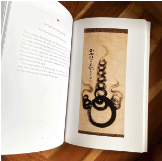
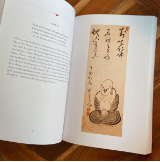
The Art of Haiku: Its History through Poems and Paintings by Japanese Masters
By Stephen Addiss
instead of home
the cool moon’s
straw mat
—Inoue Shiro
In the past hundred years, haiku has gone far beyond its Japanese origins to become a worldwide phenomenon—with the classic poetic form growing and evolving as it has adapted to the needs of the whole range of languages and cultures that have embraced it. Here one of the leading haiku scholars of the West takes us on a tour of haiku poetry’s evolution, providing along the way a wealth of examples of the poetry and the art inspired by it.
While haiku is one of the best-known forms of poetry, it is less known that traditional haiku were often accompanied by calligraphy and paintings. In this history of both the poetic and visual art forms, all aspects of the development of haiku are fully explored—deepened by a look at the role of haiku paintings, called haiga. Full of examples of the poems and the paintings, including full-color reproductions of forty haiku paintings, this is one of the few histories of haiku that also explores the visual aspect of the art.
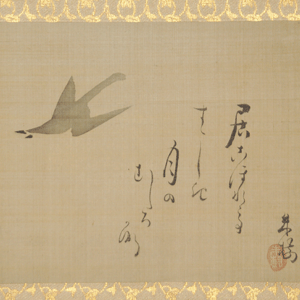
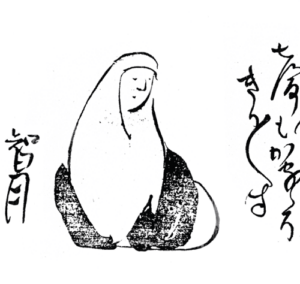
That Is Not Your Mind!: Zen Reflections on the Surangama Sutra
By Robert Rosenbaum
Viewed through the lens of psychology and neuroscience, a classic Zen sutra becomes a springboard for exploring sensory experiences and realizing freedom.
What does it mean to be liberated through one’s sensory life? In That Is Not Your Mind! Zen teacher Robert Rosenbaum explores this question by taking readers on a step-by-step journey through the Surangama Sutra. This Chinese Mahayana sutra is known for its emphasis on practicing with the senses (sight, sound, taste, smell, touch, and the Buddhist “sixth sense” of mind or cognition), as well as its teachings on the necessity of basic ethical commitments, like not killing or stealing, to support the development of one’s meditation practice and insight.
Rosenbaum interweaves passages from the sutra with contemporary insights from neuroscience and psychology, illustrating the usefulness of the text with anecdotes from his life and his forty years of teaching experience. In addition to learning about a sutra that played an important role in the creation of Chinese Chan and Japanese Zen Buddhism, readers are guided through meditations and other practices derived from the sutra’s teachings, such as hearing meditations (awareness of sound, awareness of silence, turning hearing inwards) and centering meditations (basic centering as well as centering on compassion).
"One of the most difficult aspects of Buddhist practice is wrapping our minds around how every moment is both a deceptive seeming and also a true gateway to awakening," writes Rosenbaum. "Nothing is hidden, but there is an infinite field we cannot see."
Mindful Medicine: 40 Simple Practices to Help Healthcare Professionals Heal Burnout and Reconnect to Purpose
By Jan Chozen Bays
Healers need healing too.
At times, healthcare work can be demanding, exhausting, and underappreciated. Those working in the field are passionate about relieving the suffering of others but often neglect their own health. They’re too tired at the end of the day to go to the evening burnout workshop that is offered by their hospital or clinic. They may even ponder leaving the profession that they love and have worked so hard and long to learn and perfect.
Mindful Medicine shares simple mindfulness practices and brief meditations that fit easily into the demanding schedule of a healthcare worker’s day, creating an experience of less stress and more presence, connection, ease, and flow. Addressing important topics such as connecting with yourself, connecting with your patients, the challenge of the Inner Critic in medicine, rescue remedies for times of stress, and meditations, this book offers evidence-based support for the many challenges that healthcare workers face. These short practices are an invitation to replenish the passion of healthcare work and douse the flickering flames of burnout.
The Path of Aliveness: A Contemporary Zen Approach to Awakening Body and Mind
By Christian Dillo
Buddhism aims for the development of a flexible mind and skillful responsiveness—whether toward problems in one’s personal life or broader issues like the ecological crisis. But in a culture now saturated with cliches about mindfulness and unrealistic fantasies about happiness, what does it truly mean to walk this path? The key practice is that of embodied aliveness.
In The Path of Aliveness, Zen and Taoist Qigong teacher Christian Dillo offers a path of meaningful transformation tailored to our times. Through potent conceptual work and practical examples, he shows how to carefully examine the interrelationship between our senses, body energy, thoughts, and emotions so that we can transform our lives in the direction of less suffering and more freedom, wisdom, and compassion. This secular reconstruction respectfully plumbs Buddhist tradition—including classic teachings such as the foundations of mindfulness meditation, the four noble truths, and the practice of lovingkindness—while encouraging practitioners to rely on their own embodied experience for maintaining an alive and engaged presence no matter the circumstances.
New in Paperback
Sage Leadership: Taoist Wisdom to Overcome Conflict and Create a Just World
By Thomas Cleary
For every would-be leader, this acclaimed Taoist classic offers timeless insights for building a better world
The Taoist sages of ancient China have long been lauded for their transformative teachings on the art of harmonious living, community organization, and cultivating the common good. Along with Sun Tzu’s Art of War, the Huainanzi, here brought to life in English by preeminent translator Thomas Cleary, represents an essential window into this long and cherished tradition. Yet, whereas the Art of War focuses on cunning strategy to quickly resolve conflict, the Huainanzi speaks to the organization of healthy societies, the management of complex group dynamics, and how to promote the highest ideals of harmony, freedom, adaptability, and sustainability in our world. With incisive teachings on the challenges and opportunities of leadership at all levels—from small-scale organizational management to political statecraft—its time-tested wisdom lights the way for any endeavor in business, management, politics, government, and everyday life.
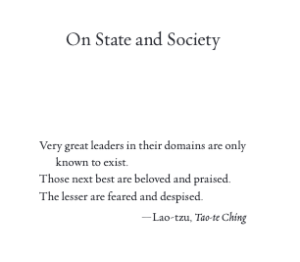
The Hero of Compassion: How Lokeshvara Got One Thousand Arms
By Harry Einhorn, Illustrated by Khoa Le
The magical story of a compassionate hero who learns how to always care for others and to never give up—for kids ages 4–8.
Lokeshvara shows us that with compassion,
we can always pick up the pieces of a broken heart,
and be stronger, more loving, and more wise than before.
Lokeshvara is a compassionate hero who lives above the moon. He tries to help every single being in the world but gets frustrated when he realizes that he can’t save everyone. Lokeshvara becomes so disheartened that he explodes into a thousand pieces. With a little help from a wise friend and teacher, the pieces are put back together in a way that can benefit even more beings than before.
Lokeshvara’s tale of compassion and resilience teaches us that even when we feel overwhelmed by the suffering we see in the world, we can still find creative ways to help those around us.
With beautiful illustrations that use a unique approach to color, shadows, and perspective to evoke a sense of magic and wonder, this retelling of a classic Asian Buddhist tale is timely and meaningful for kids and grown-ups alike.
Buddhist Stories for Kids: Jataka Tales of Kindness, Friendship, and Forgiveness
By Laura Burges, Illustrated by Sonali Zohra
A wise and colorful collection of ten Buddhist fables, this modern telling of ancient Indian stories, centering around animals and nature, teaches vibrant and timeless life lessons. (Ages 4–8)
Long ago, the Buddha told his followers Jataka Tales, or “birth stories,” about the many lifetimes he lived before he was born as Prince Siddhartha. In this beautiful retelling of ten such stories, the Buddha is introduced as the Queen of the Dogs, a loyal Parrot, a mischievous Monkey, a wise Lion, a brave Forest Owlet, and more.
Each story conveys important morals that are short, sweet, and to the point, giving children a handful of useful lessons to apply to their lives, like “Always try to do the right thing, even when no one else is watching.” These tales are brought to life with stunning and dreamlike illustrations by Sonali Zohra (illustrator of Ashoka the Fierce), exploring in vivid detail how one’s actions affect others; the importance of kindness; the strength of friendship; the value of thoughtful decisions; and the importance of letting go and learning to forgive. With a beautiful paper-over-board package to tie it all together, this book will serve as a timeless and treasured offering for both children and adults.
Newly Available in Audio
Come along with David Hinton on a series of walks through the wild beauty of Hunger Mountain, near his home in Vermont—excursions informed by the worldview he’s imbibed from his many years translating the classics of Chinese poetry and philosophy. His broad-ranging discussion offers insight on everything from the mountain landscape to the origins of consciousness and the Cosmos, from geology to Chinese landscape painting, from parenting to pictographic oracle-bone script, to a family chutney recipe. It’s a spiritual ecology that is profoundly ancient and at the same time resoundingly contemporary. Your view of the landscape—and of your place in it—may never be the same.
Renowned for his popular novels, Jim Harrison (1937–2016) was also widely acclaimed for the “renegade genius” of his powerful, expressive poems. Inspired by his many years of Zen practice, Harrison’s first collection of poetry directly inspired by his many years of Zen practice—After Ikkyū—is at once heartfelt and thought-provoking, the words of a deeply sincere seeker of truth even. Embracing the imperfections of the world we live in, After Ikkyū explores themes on human and animal nature, transformation and impermanence, and more plainly, the ubiquity of strife, struggle, and death and dying within the natural world—an ever-present condition which, despite our denial, rumbles in the hearts of each and every living being.
This audiobook edition is read by the author himself, an immortal treasure from one of America's most celebrated authors.
David Chadwick, a Texas-raised wanderer, college dropout, bumbling social activist, and hobbyhorse musician, began his study under Shunryu Suzuki Roshi in 1966. In 1988 Chadwick flew to Japan to begin a four-year period of voluntary exile and remedial Zen education. In Thank You and OK! he recounts his experiences both inside and beyond the monastery walls and offers insightful portraits of the characters he knew in that world—the bickering monks, the patient abbot, the trotting housewives, the ominous insects, the bewildered bureaucrats, and the frustrating English-language students—as they worked inexorably toward initiating him into the mysterious ways of Japan. Whether you're interested in Japan, Buddhism, or exotic travel writing, this book is great fun.
This audiobook is read by the author.
Forthcoming in 2023
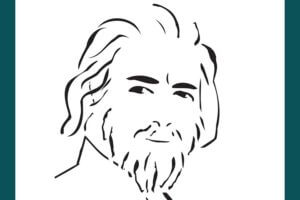
What Is Reality? | An Excerpt from Become What You Are
Life and Reality
People often say that they are looking for Reality and that they are trying to live. I wonder what that means?
Some time ago a group of people were sitting in a restaurant, and one of them asked the others to say what they meant by Reality. There was much vague discussion, much talk of metaphysics and psychology, but one of those present, when asked his opinion, simply shrugged his shoulders and pointed at the saltshaker. He was amazed to find that no one understood him, yet he had intended to be neither clever nor obscure. His idea was just to give a commonsense answer to the question, on the ordinary assumption that Reality is whatever exists. He was not understood because his friends, in common with many others, regarded Reality as a special kind of existence and Life (with a capital L) as a particular way of living. Thus we often meet those who talk about the difference between being a mere clod, a mere “animated stomach,” and a real person; between those who simply exist and those who really live.
In Chinese philosophy Life is called Tao, and the Chinese speak of the wise man as one who realizes (makes real to himself) his accord and harmony with Tao. Therefore, it is asked whether Tao means Life in the sense of simple existence, or whether Tao is Life lived in a special way, lived faithfully, thoroughly, vitally, and with a certain zest born of the joy of being alive.
In Chinese philosophy Life is called Tao, and the Chinese speak of the wise man as one who realizes (makes real to himself) his accord and harmony with Tao.
The answer to this question depends solely on why it is asked. Let’s see what the Chinese themselves say about it.
A pupil asked his teacher, “What is the Tao?” He answered, “Everyday life is the Tao.”
“How,” went on the pupil, “does one get into accord with it?”
“If you try to accord with it,” said the teacher, “you will get away from it.”
Indeed, we have all met those who are trying very hard to be real persons, to give their lives Reality (or meaning) and to live as distinct from existing. These seekers are of many kinds, highbrow and lowbrow, ranging from students of arcane wisdom to the audiences of popular speakers on pep and personality, selling yourself and making your life a success. I have never yet met anyone who tried to become a real person with success. The result of such attempts is invariably loss of personality, for there is an ancient paradox of the spiritual life whereby those who try to make themselves great become small. The paradox is even a bit more complicated than this; it also means that if you try, indirectly, to make yourself great by making yourself small, you succeed only in remaining small. It is all a question of motive, of what you want. Motives may be subtly concealed, and we may not call the desire to be a real person the desire to be great; but that is just a matter of words.
I have never yet met anyone who tried to become a real person with success. The result of such attempts is invariably loss of personality, for there is an ancient paradox of the spiritual life whereby those who try to make themselves great become small.
So many modern religions and psychologies make this fundamental mistake of trying to make the tail wag the dog, which is what the quest for personality amounts to. Old-fashioned Christianity was never so stupid, for its aim was never to achieve greatness (or great personality) for man. Its aim was simply to serve God and ascribe all greatness to Him. But in these days so many people find themselves unable to believe in the Christian God, and His more abstract substitutes fail to inspire any genuine devotion and reverence.
So we return to the original question, “What, then, is Life; what is Reality, that it may inspire us with devotion?” If we regard it as a particular way of living or as a particular kind of existence and accord our devotion to that, what are we doing? We are revering its expression in great personality, in the behavior of those whom we consider “real persons.” But here is the snag. When we revere real personality in others, we are liable to become mere imitators; when we revere it as an ideal for ourselves, here is the old trouble of wanting to make yourself great. It is all a question of pride, for if you revere Life and Reality only in particular types of personal living, you deny Life and Reality to such humble things as, for instance, saltshakers, specks of dust, worms, flowers, and the great unregenerate masses of the human race. We are reminded of the Pharisee’s prayer, thanking God that He had not made him sinful like other men. But a Life, a Reality, a Tao that can be at once a Christ, a Buddha, a Lao-tzu, and an ignorant fool or a worm, this is something really mysterious and wonderful and really worth devotion if you consider it for a while.
The Buddhist scriptures say: “When every phase of our mind is in accord with the Buddha-mind, there shall not be one atom of dust that does not enter into Buddha-hood.” For Life and Reality are not things you can have for yourself unless you accord them to all others. They do not belong to particular persons any more than the sun, moon, and stars.
For Life and Reality are not things you can have for yourself unless you accord them to all others. They do not belong to particular persons any more than the sun, moon, and stars.
This has been excerpted from Become What You Are.
Related Books


